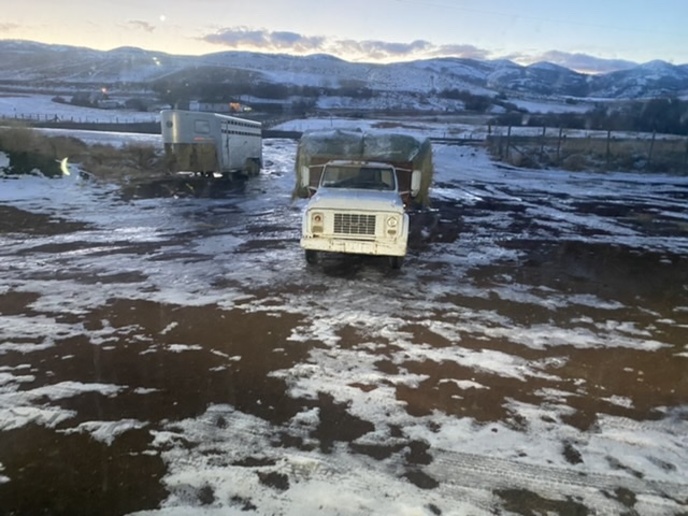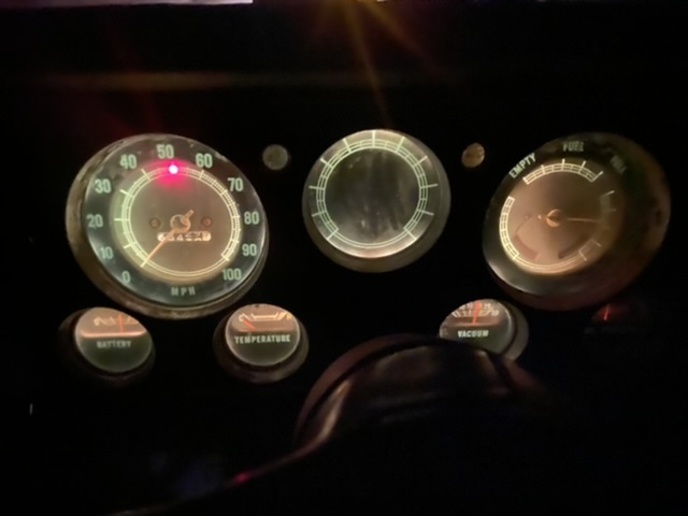You should upgrade or use an alternative browser.
- Thread starter SVcummins
- Start date
Bruce from Can.
Well-known Member
- Location
- Woodville, Ontario, Canada
Ultradog MN
Well-known Member
- Location
- Twin Cities
Dunno what guage should be in that hole.
You could put an oil consumption meter in it
OregonAaron
Member
J Hamilton
Well-known Member
- Location
- Southern Illinois
jd man wis
Member
oldwrencher
Member
Steve@Advance
Well-known Member
Also had leakers that left a puddle every place it was parked, and rarely had to add oil.
Yes, the center hole is for an optional tach.
You just need to break down and just put an engine in that truck. With the non-foulers on the spark plugs, I'm surprised it has enough power to keep itself running, much less pull that truck. 350 long block is cheap as far as reman engines go.
timcasbolt
Well-known Member
DaveBN
Member
- Location
- Western lower Michigan
Dave
Determined
Well-known Member
I've owned a lot of Chevy big blocks and have worked them all hard.
One thing consistent with all of them when worked hard is they break down the additives in the oil then start consuming it.
You do an oil change then drive it for 4000-5000 miles without using a drop then suddenly it needs a quart, then another, then another...
Change the oil and it's good for another 4000-5000.
Being that you are working yours hard it is conceivable the same may apply.
Second thought;
Downshifting and engine braking (pretty common on old overloaded 3 tons with questionable brakes) the increase in vacuum during deceleration will pull oil past the rings and valve guides on a tired engine.
Last thought that may or ay not apply to your truck, aftermarket valve covers did not always come with the proper baffles to properly shield the PCV valve from sucking in oil mist.
I sold the truck with 286,000 mi. on it and never had to add oil between changes. Truck had the original eng. and transmission and rear axle. A best buy.
Get some perfect circle type seals and tools and get on it.
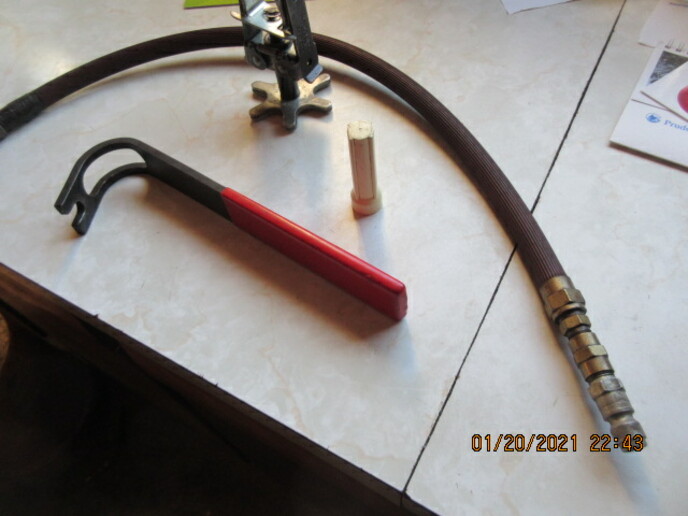
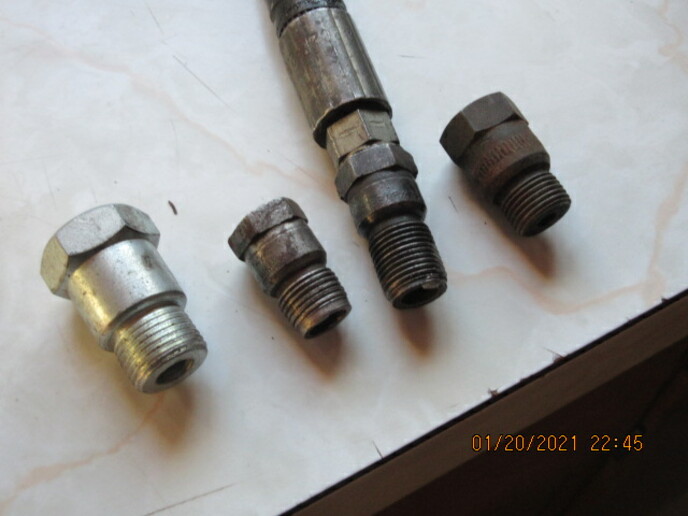
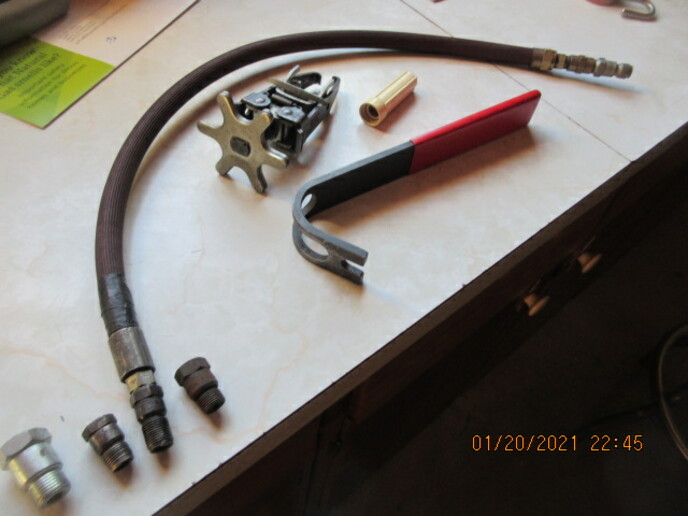
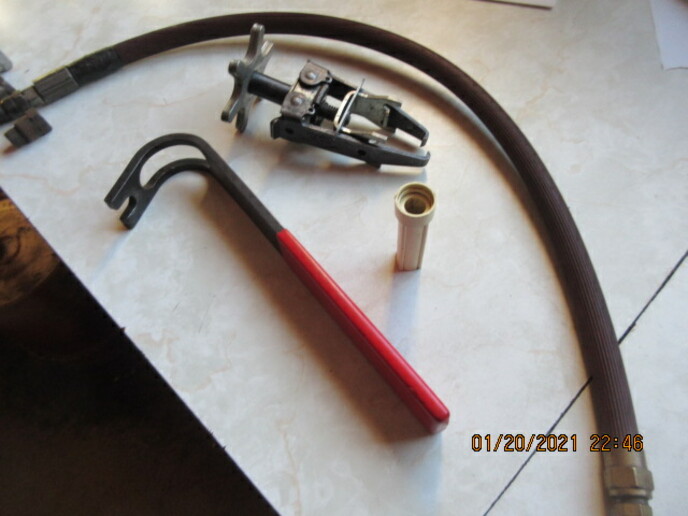
Don't know. My ford f150 with 5.4L engine uses a quart every thousand but doesn't leak or smoke. Same for the Expedition with 5.4L. It did it since new. Problem with those things is that they can go 3 quarts low and you never know it by looking at oil pressure gauge. Guess I'll check the pcv but it rattled the last time I checked it.
A leak down test could pinpoint the problem or reveal if all of the engine is worn.
The big question now is will you use a 50 year old truck enough in the future to justify an overhaul or a re-manufactured short block?
Dumb question:
Would new valve seals over worn intake valve guides starve the valves guides of lubrication and accelerate guide wear even more?
o family members with 351 Windsors swore that their oil burning stopped when they starting running 1/2 to one quart low continuously.(quoted from post at 13:26:44 01/21/21) I have cured many chev v8s oil burning, by replacing the valve guide seals, with positive seals. 90% of our small truck fleet were Chevys.
Change over requires factory tach, replacing printed circuit board for one with tach and plastic face plate with numbers for tach.
Easier to locate donor instrument cluster with tach
OR mount aftermarket tach on steering column.
I have done both on these model year trucks.
Easiest and cheapest is aftermarket tach.
Good luck, jac
Valve stem seals may cure your oil problem.
If you do remove the heads for seal replacement have the guides knurled.
As an experiment at one change we put in a straight 30w for winter use. No added oil needed between changes.
That said, I'd bet on valve guides/seals as the cause. Cheap to try a set of umbrella seals. Positive seals are better, but require removing the head to machine the guide ends. Then you might as well do a full valve job.
Hobo,NC
Well-known Member
- Location
- Sanford, NC
(quoted from post at 08:51:53 01/22/21) Thank you . Maybe what I oughta do is pull the heads and have em rebuilt
While you are at it drop the pan and remove the piston's life will be good... I have been thru this same engine in the end new rings sealed the deal...
Texasmark1
Well-known Member
I was told years ago that what I experienced was bad valve guides or seals. Saying was at idle, with the tractor running it's (Ford's) 50+ oil pressure (15w-40 HD oil) the volume of air-fuel going through the engine isn't enough to offset the amount of oil leaking down the valve stems as it is at PTO rpm for example where smoke isn't noticeable.
In opposition to your problem, I don't consume the 2 qts per day. This might explain better what I am trying to say:
https://carused.jp/blog/car-maintenance/how-to-check-for-bad-valve-seals/
Similar threads
- Replies
- 18
- Views
- 699
We sell tractor parts! We have the parts you need to repair your tractor - the right parts. Our low prices and years of research make us your best choice when you need parts. Shop Online Today.
Copyright © 1997-2024 Yesterday's Tractor Co.
All Rights Reserved. Reproduction of any part of this website, including design and content, without written permission is strictly prohibited. Trade Marks and Trade Names contained and used in this Website are those of others, and are used in this Website in a descriptive sense to refer to the products of others. Use of this Web site constitutes acceptance of our User Agreement and Privacy Policy TRADEMARK DISCLAIMER: Tradenames and Trademarks referred to within Yesterday's Tractor Co. products and within the Yesterday's Tractor Co. websites are the property of their respective trademark holders. None of these trademark holders are affiliated with Yesterday's Tractor Co., our products, or our website nor are we sponsored by them. John Deere and its logos are the registered trademarks of the John Deere Corporation. Agco, Agco Allis, White, Massey Ferguson and their logos are the registered trademarks of AGCO Corporation. Case, Case-IH, Farmall, International Harvester, New Holland and their logos are registered trademarks of CNH Global N.V.
Yesterday's Tractors - Antique Tractor Headquarters
Website Accessibility Policy


